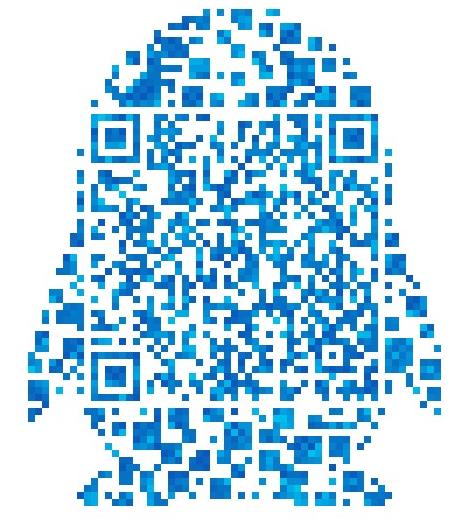等效论视角下的商务英语翻译研究
在商务英语翻译中,各种理论研究应用其中。本论文主要研究的是金隄等效论视角下的商务英语翻译。等效理论源于奈达的动态对等却与之不同。奈达的动态对等关注的是原文信息是否可以被另一种语言成功地传递给读者以至于他们可以和读者获得同样的信息。金隄的等效论强调接受者,效果和对等三个重要的概念。通过中国传统翻译理论与西方科学翻译理论相结合,他形成了自己的理论,这更适用于中国的翻译。随着经济全球化的发展,国与国之间的联系更为密切,商务活动也日趋频繁。因此,做好商务英语翻译的研究是相当有必要的。文章从形式对等、内容对等、效果对等和风格对等四个方面分析了商务英语翻译。认为在商务英语翻译中,由于存在着不同文化背景,加之商务英语具有自己的语言特点及文体风格,要想准确实现对原文的转换,等效翻译理论可以很好地用来指导翻译,能够根据具体情况采用灵活的翻译策略进行有效的商务英语翻译。
关键词 金隄,等效论,商务英语,翻译研究
1 Introduction 1
2 Literature Review 2
2.1 Business Translation Study Based on Translation Practice2
2.2 Business Translation Study Based on Cross-culture2
2.3 Business Translation Study Based on Translation Criticism 3
2.4 Business Translation Study Based on Translator3
3 Equivalent Theory4
3.1 The Origin and Development of the Theory of Equivalence4
3.2 Jin Di’ Equivalent Theory5
3.2.1 Recipient Concept6
3.2.2 Effect Concept 6
3.2.3 Equivalence Concept6
4 Equivalent Translation 6
4.1 Form Equivalence7
4.2 Content Equivalence9
4.3 Effect Equivalence10
4.4 Style Equivalence11
Conclusion14
Acknowledgements15
References16
Business English Translation is an important language medium in business activities, which is two different kinds of language transformation. However, in the translation of business English, we must draw on some theoretical research as a guide to achieve the best effect of translation. This thesis focuses on the introduction of Jin Di’ equivalent theory. This theory seeks the equivalence of language functions, besides the equivalence of language forms. The target readers and the original readers also get the same or similar information, including the main spirit, specific facts and artistic atmosphere, which are equivalent or basically equivalent.
Jin Di’ equivalent theory comes from Nida’s dynamic equivalence theory, but it is a set of new theory formed by combining western translation theories with the characteristics of the Chinese translation. “Dynamic equivalence”, as an objective standard to measure the translation, does not have the certainty and feasibility. Jin Di points out that relationship between information and the recipient, sometimes refers to the effect of the translation to the recipient, and sometimes refers to the response of the recipient to the translation. But there is no clearly distinguished difference between the two concepts: the “effect” and the “response”.
In the international commercial trade activities, we will have frequent contact with people who speak different languages and live in different cultures. Any communication between different cultures needs to overcome barriers to foreign culture in communication and achieve the purpose of effective communication. Semantic information equivalence and style information equivalence are the most fundamental aspects of the peer in the international business English translation. On the basis of this, if the original text bears cultural information, the translator must unconditionally manage to convey the cultural information in the original language to the target language. In the translation of business English, the loss and distortion of cultural information often occurs, but the translator is not aware of it. From the Equivalent Theory perspective, translation is actually a kind of information transmission. It puts the original information into another language so that people who do not understand original language also get the same information as the readers of the original text. Therefore, translation is a new product of the original cultural or linguistic information carried by different languages or forms. This information can be in the sense of the meaning or a certain style. To achieve the translation equivalence of the original text, it is necessary to give full consideration to the context and the cultural factors of the original text, and even the final pragmatic effects.
The thesis consists of five parts. In the first part, it introduces briefly. The second part is the literature review, which expounds Business Translation study based on translation practice, cross-culture, translation criticism and translator. In the third part, this thesis introduces the origin and development of the equivalence theory, and focuses on the introduction of Jin Di’ equivalent theory with three important concepts: the recipient, the effect and the equivalent. The fourth part is equivalent translation. It introduces form equivalence, content equivalence, effect equivalence and style equivalence. The final part concludes about the development of Jin Di’s equivalent theory and business English translation. The result of research gives a further thinking about the Business English translation for the Jin Di’s equivalence theory.
原文链接:http://www.jxszl.com/wgy/yy/27228.html



